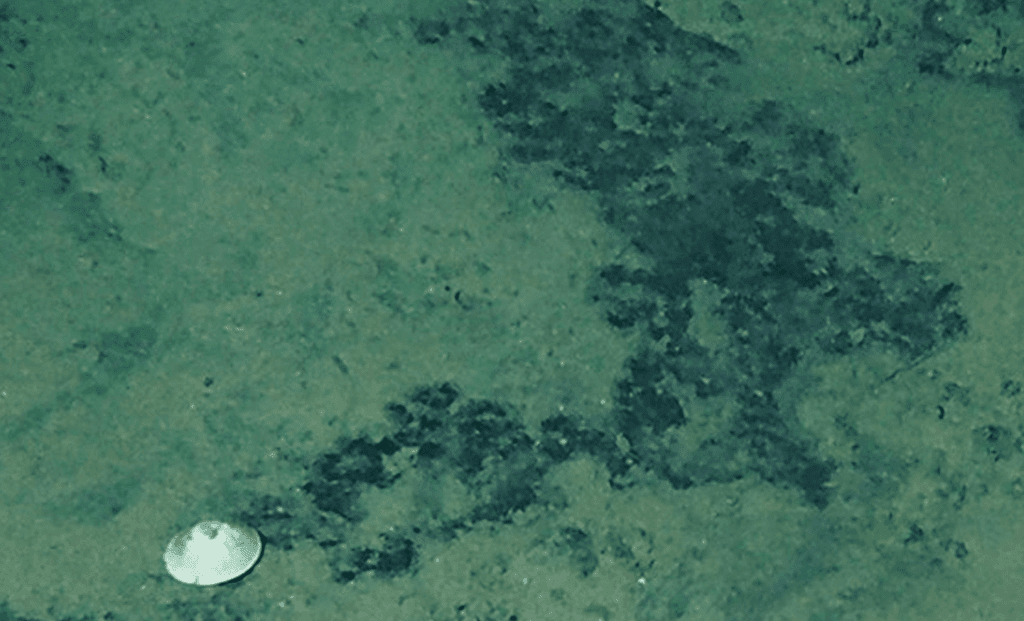A recent discovery unveiled a new mollusc species, named paddy field wadatsumi, found at a remarkable depth of 19,430 feet (almost 6 km) in the Pacific Ocean, near Japan. Initially spotted on a volcanic rock shelf about 300 miles southeast of Tokyo, this limpet species, characterized by its bluish-gray semi-transparent shell measuring about 1.6 inches (40.5 mm), thrives in deep-sea rocky environments devoid of light, unlike its shallow-water relatives.
Lead scientist Chong Chen from the Japan Marine and Geoscience and Technology Agency (Jamstec) noted that the newly discovered species exhibits significant anatomical and genetic differences compared to known varieties from regions like Antarctica and Chile. A single specimen, collected as a holotype, is crucial for understanding deep-sea ecology and the genetic landscape of this aquatic genus.
Key to the discovery was the use of submarines, which enabled researchers to observe and collect organisms that are otherwise inaccessible. Chen emphasized that submersibles facilitate in situ observations, allowing scientists to study deep-sea ecosystems directly.
The paddy field wadatsumi illustrates how some species adapt to extreme deep-sea conditions, enduring high pressure, low temperatures, and sparse food. The discovery challenges previous views that the Abyssal plain is uniform, revealing that rocky outcrops host diverse communities, thus demanding further exploration.
Genetic analysis confirmed the uniqueness of this species, situating it within a broader phylogenetic tree. The study, published in Zoosystematics and Evolution, expands the known range of limpet species and underscores the complexity of deep-sea ecosystems, highlighting the potential for discovering more unknown species adapted to harsh conditions.


